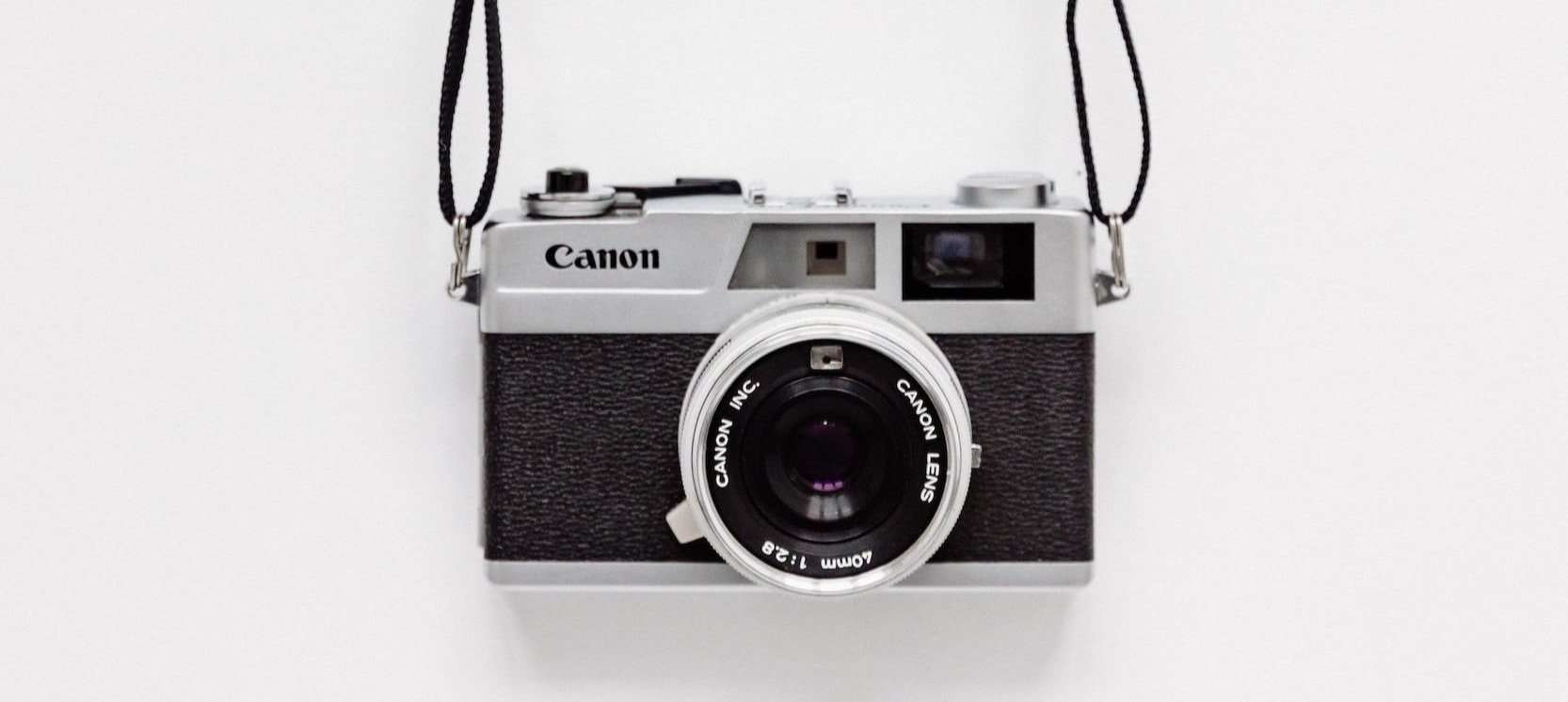Why Use Contracts in Your Photography Business
As a professional photographer, it is crucial to establish clear terms and conditions with your clients. One of the most effective ways to do this is by using a contract. Contracts serve as legally binding agreements that protect both photographer and client, ensuring that all parties involved are on the same page. In this article, we will explore the reasons why you should use a contract in your photography business and how it can benefit you in the long run.
Benefits of Using a Contract
Defining client expectations and deliverables
A contract allows you to outline the scope of work and the exact services you will provide to your clients. By clearly stating the deliverables, such as the number of photographs, the format, and the timeline for delivery, you can manage client expectations effectively. This helps avoid misunderstandings and ensures that both parties are aligned on what will be delivered. Additionally, contracts build trust between you and your clients. When both parties sign a contract, they enter into a mutual agreement, creating a sense of security and professionalism.
Minimizing legal risks
A well-drafted contract helps protect you legally by establishing clear rights, responsibilities, and obligations. In the event of a dispute, having a contract in place can be instrumental in resolving conflicts and protecting your interests. Ultimately, utilizing a contract minimizes misunderstandings between you and your clients by providing clarity and transparency from the start of your project.
Protecting your rights and intellectual property
A photography contract helps protect your rights as a photographer and safeguards your creative work. By clearly defining the ownership and usage rights of the photographs, you can prevent clients from misusing or infringing upon your images. This ensures that you retain control over your intellectual property and can use it for promotional purposes or licensing agreements in the future.
Elements of a Photography Contract
Parties involved
Identify the parties involved in the contract, including the photographer and the client. Clearly state their legal names, contact information, and any other relevant details to establish a formal agreement.
Scope of work
Define the scope of work in detail, including the type of photography services to be provided, the duration of the shoot, the location, and any specific requirements or limitations.
Usage rights and licensing
Specify the rights granted to the client for the use of the photographs. This includes whether the client has exclusive or non-exclusive rights, the duration of the rights, and any restrictions on usage.
Payment terms and schedule
Outline the pricing structure, including the total cost, any deposit requirements, and the schedule of payments. Be clear about late payment penalties or additional charges for extra services.
Cancellation and rescheduling policies
Include provisions regarding cancellations and rescheduling of the photography session. Specify any fees or penalties associated with cancellations, as well as the process for rescheduling and any applicable fees.
Liability and indemnification
Address liability and indemnification in your contract to protect yourself from any potential claims or damages. Clearly state the limitations of your liability and specify that the client assumes responsibility for their actions during the photography session.
How to Create a Photography Contract
Customizing the contract to your specific needs
We’ve done the hard work for you! Our 5-page product photography contract includes all the key legal elements you need to protect your work and business throughout every project. Simply fill in the blanks and tailor the contract to fit your unique services and preferences.
Seeking legal advice if necessary
If you have complex contractual needs or are unsure about certain provisions, it's advisable to seek legal advice. An attorney specializing in photography contracts can help ensure that your contract is legally sound and protects your interests.
Best Practices for Using Contracts in Photography
Clearly communicating contract terms to clients
Make sure your clients understand the terms and conditions of the contract. Explain any important clauses and address any questions or concerns they may have before they sign the agreement.
Obtaining signed contracts before starting work
Always insist on having a signed contract before commencing any photography work. This ensures that both parties are legally bound by the terms and conditions outlined in the contract.
Keeping organized records of contracts and amendments
Maintain a record of all signed contracts, including any amendments or changes made to the original agreement. This helps in case any disputes or questions arise in the future.
Regularly reviewing and updating contracts
Periodically review your contract to ensure it remains up to date and reflects any changes in your business practices or applicable laws. Update the contract as necessary to protect your interests.
Conclusion
Using contracts in your photography business is essential for protecting your rights, establishing clear expectations, and minimizing legal risks. A well-drafted contract not only safeguards your work but also sets the stage for a professional and trustworthy relationship with your clients. By taking the time to create customized contracts and following best practices, you can ensure smooth transactions, avoid disputes, and build a solid foundation for your photography business.
FAQs
Can I use a generic contract template for my photography business?
Yes! We recommend using our customizable product photography contract! It includes all the essential elements to protect your work and business throughout every project.
Are verbal agreements sufficient, or do I need written contracts?
While verbal agreements may hold some legal weight, written contracts are highly recommended for photography businesses. Written contracts provide a clear record of the agreed-upon terms and protect all parties involved. Verbal agreements can be easily misunderstood or forgotten, leading to disputes. It's best to have everything in writing to ensure clarity and avoid potential conflicts.
What should I do if a client refuses to sign a contract?
If a client refuses to sign a contract, it's essential to assess the situation carefully. Consider the potential risks and implications of proceeding without a signed agreement. It may be prudent to prioritize your own protection and professional standards by insisting on a contract. If the client still refuses, you may need to evaluate whether it's in your best interest to continue the business relationship.
How often should I review and update my contracts?
Regularly reviewing and updating your contracts is good practice. It ensures that your contracts stay relevant and up to date with any changes in your business, industry standards, or legal requirements. Schedule periodic reviews at least once a year to make necessary updates and modifications.
Do I need a lawyer to draft my photography contracts?
While it's not mandatory to hire a lawyer to draft your photography contracts, seeking legal advice can provide valuable guidance. A lawyer experienced in contract law and the photography industry can ensure that your contracts are comprehensive, enforceable, and protect your rights. It's especially recommended for complex agreements or if you have specific concerns regarding legal issues.








